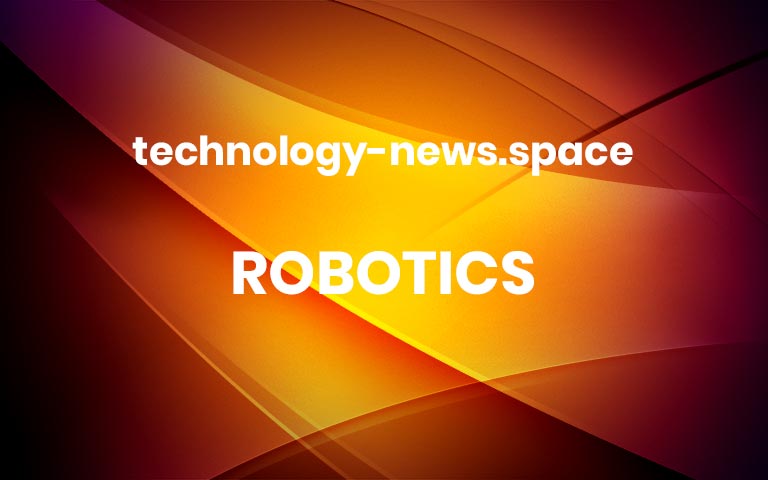How to troubleshoot Linux app startup issues with the journalctl command
Nodar Chernishev/Getty Images Something rarely goes wrong with Linux, but that doesn’t mean the operating system is immune to problems. Every once in a while, I’ll install a new service or app and then go to start it with the command: sudo systemctl start NAME Where NAME is the name of the app or service. […] More



